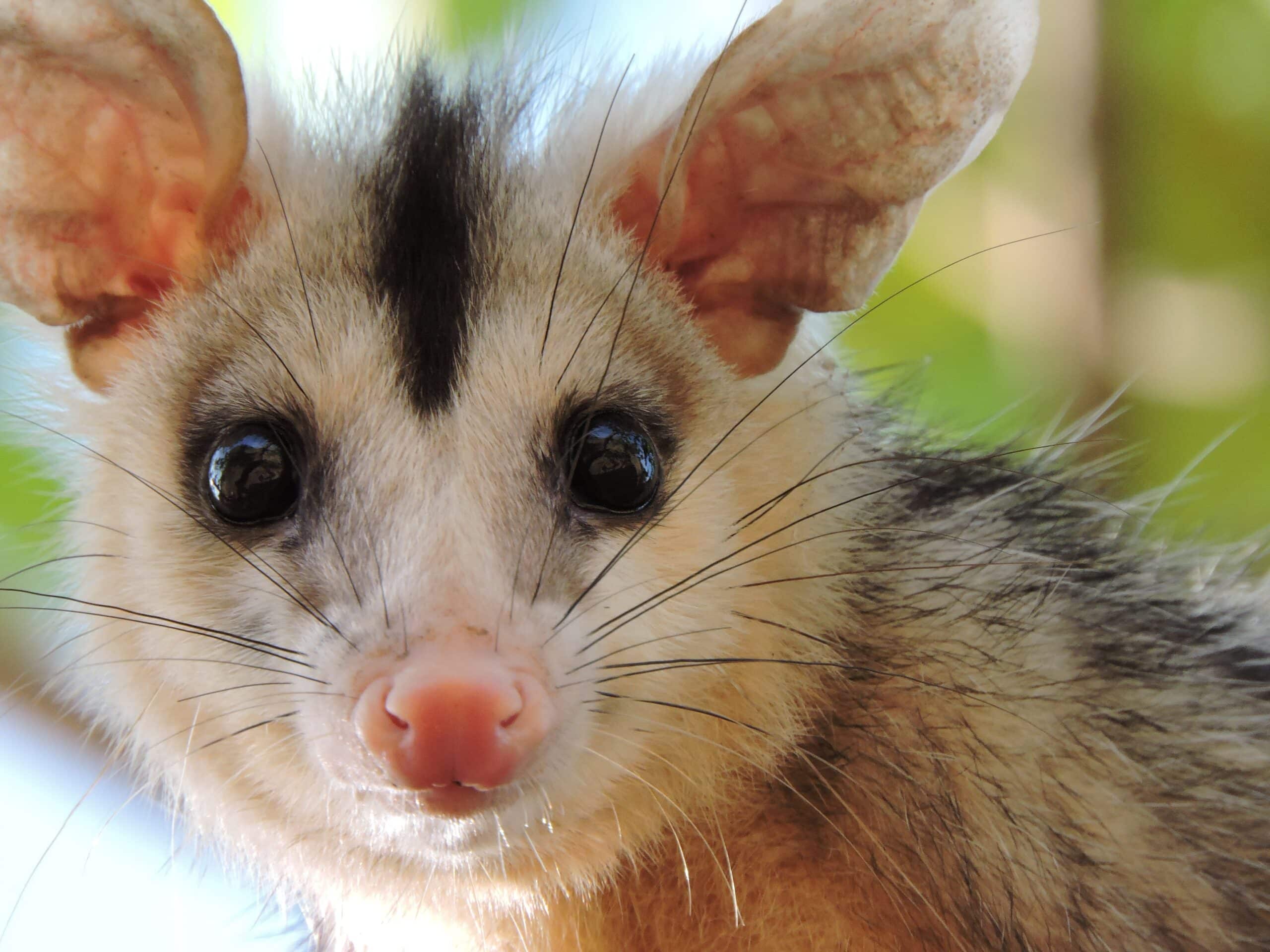
Are you curious about one of nature’s most unique creatures? Look no further than the platypus! This incredible animal is classified as a mammal but also has bird and reptile features, making it an extraordinary being. Discover all the fantastic things about this uniquely bizarre creature and why it’s so special. You won’t want to miss out on learning about the platypus!
Introduction to the Platypus
The platypus is one of the world’s most unique and intriguing mammals. It looks like it was assembled from bits and pieces of other animals – with a duck bill, fur for warmth, webbing between its toes for swimming, and venom to ward off predators. Adding to its unique appeal is the fact that it lays eggs!
The platypus is native to Eastern Australia and can be found along rivers and creeks in its natural habitat.
The platypus is a semi-aquatic mammal that belongs to the natural order Monotremata, which means “one hole” – referring to the single opening through which they release their wastes and during mating season, where males insert their spur. This opening also serves as a reproductive organ responsible for urination and egg laying. Platypuses have four limbs – two with webbed feet that help them swim – and the other two are smaller than their hind limbs. They have dense fur on their body and a broad tail used as a rudder when swimming underwater. Male platypuses have long spurs on their hind legs, which contain venom that may cause severe pain if administered to humans (although this causes no known deaths).
Platypuses grow up to two feet in length from head to tail, including about one foot for its bill alone. This unique feature gives the creature an advantage when hunting for food underwater using the suction force created by its bill as it moves around in search of crayfish or insect larvae like mosquito pupae and midge larvae found near river beds or creek banks.
Physical Characteristics of the Platypus

The platypus is well-known for its unique physical characteristics, beginning with its body. The platypus’s body is well adapted to life in and around water. It has a streamlined shape and a dense layer of dense waterproof fur that traps an insulating layer of air to protect the animal from cold temperatures. In addition, it has powerful webbed feet for swimming and strong claws for digging burrows in the banks near streams.
The head of the platypus is dominated by a duck-like bill, which helps it detect prey in murky water. This bill contains electroreceptors that help the animal find food by detecting tiny changes in electrical charges from living creatures under or near the water’s surface. Behind this outstanding bill lies a “third eye,” which is an opening between the eyes that gives extra information about its environment while underwater.
The most distinctive feature of the platypus may be found on its hind legs: spurs connected to venom glands capable of delivering enough venom to make an adult human very sick if bitten – although actual encounters between people and wild platypuses are extremely rare! While male platypuses have these spurs, females do not. Male platypuses also have larger feet than female platypuses, another adaptation for digging burrows.
Habitat and Distribution
The platypus is native to eastern Australia and is found primarily in river systems, including creeks and dams, with freshwater to coastal marine habitats. Platypuses inhabit areas with a rich abundance of aquatic invertebrates, ranging from tropical regions in northern Australia to Tasmania in the south.
These adaptable creatures can be found along slow-moving rivers and streams, under waterfalls, deep in billabongs, and hidden away in urban waterways – they are even found occasionally along the beaches of New South Wales!
Due to their habitation preference for areas of high water flow and rapid changes in water level, platypuses are often threatened by drought conditions and impacts from human activities such as land clearing, pollution runoff, and reduced access to healthy wetland habitats. Conservation efforts have been put into place across many parts of its range, but there is still much work.
Platypuses are solitary animals that live along the creek banks or underneath submerged logs or vegetation for protection against predators such as foxes, eagles, or snakes. They remain active throughout the day but become much less so at night when they move out of their burrows to feed on insect larvae and other aquatic invertebrates. They use their webbed feet and tails underwater–which helps them propel themselves through the current–while searching for food with sensitive tactile hairs around their mouth.
Diet and Feeding Habits

The platypus has a special diet consisting of aquatic insect larvae and freshwater shrimp. This omnivore will eat worms, yabbies (small crustaceans), and small fish. It can fill its cheek pouches with prey underwater while swimming, then bring them to the surface to be swallowed whole or tear them apart before eating.
A typical platypus forages for about 12 hours per day to catch an adequate amount of prey each day. It does so primarily in the dark hours of dusk and dawn, as this is when most of its diet is available. Platypuses can feed anywhere from shallow margins near banks or in deeper parts of water bodies. The type and size of prey they feed on vary seasonally as availability changes with temperature fluctuations. They may also need to change their habitat in search of food if natural resources decrease at certain times of the year.
To supplement their unreliable diet, some adults take to preying on:
- Tadpoles
- Fish eggs
- Other smaller animals
When they can find them during foraging trips or mating season, males may even hunt larger prey like birds or small mammals on land!
Breeding and Reproduction

Breeding and reproduction in platypus is an exciting process. As with all mammals, the platypus is viviparous, meaning they give live birth to offspring instead of laying eggs. Their mating season spans from July to October in the warmer northern regions, while in the south, it’s a bit later: August until November. The average gestation period is around 21 days.
After mating, the female builds a nest of decaying material formed into a mound. She curls up inside for warmth and stays there until the young are born between August and October (Northern Hemisphere). Her young will be blind when they’re born, but their eyes and other features will begin to take shape throughout their development.
Female platypuses can lay up to three eggs per clutch, but only one or two usually hatch into viable young. These young stay dependent on their mother for food for about three months before becoming fully independent around November–December (Northern Hemisphere). Male platypuses usually do not assist with either nurturing or raising the young.
Predation and Threats
The Platypus is vulnerable to certain types of predation and threats, partly due to its semi-aquatic lifestyle. The most significant threat faced by Platypuses is the negative impacts of habitat destruction, pollution, and climate change. Wild Platypus populations have declined dramatically in Australia and New Zealand in recent years. They are also increasingly threatened by deliberate or careless human activities such as trapping and fishing with nets.
Common predators of the Platypus include large fish such as Murray Cod (Maccullochella peelii) and Trout (Salmo trutta), several species of terrestrial mammals such as foxes (Vulpes vulpes), cats (Felis catus) and feral pigs (Sus scrofa), as well as Reptiles including snakes especially Water Pythons (Liasis fuscus).
Furthermore, because the Platypus has a relatively limited home range spanning only about 1-2 kilometers for males or a few hundred meters for females, its mobility also makes it particularly vulnerable to other human disturbances from canoeing through its habitats or accidentally crushing burrows with vehicles or machinery. Finally, the disease can also pose a significant threat to Platypuses, with parasites such as trematodes having been known to infect their eyes, causing complete blindness in some cases.
Conservation Status
Due to increasing habitat destruction and contamination from agricultural runoff, the platypus has become endangered in some areas. In addition, the introduction of foxes, cats and dogs to predator-free areas has also resulted in a significant decline in platypus numbers. Today, the species is listed as vulnerable on the International Union for Conservation of Nature (IUCN) Red List of Threatened Species.
The successful conservation of this species rests on several factors, including habitat preservation and protection from predators. For example, creating restricted access zones along rivers can help reduce the negative impact of human activities, while enacting regulations to protect catchment basins will help reduce water pollution caused by pesticides and fertilizers.
Additional conservation measures include:
- Public awareness campaigns
- Ongoing research on population dynamics
Interesting Facts about the Platypus
The platypus is an intriguing creature native to Australia and Tasmania. It is one of only five species of monotremes in existence today, which makes it a truly unique animal. Here are some interesting facts about the platypus:
- The platypus has the bill of a duck, the feet of an otter, and venom like a snake.
- The female platypus produces milk from mammary glands outside her body – on her abdomens. This is unique among all mammals.
- All four legs have webbed feet for swimming, and both males and females have sharp spurs on their ankles connected to venom glands – These spurs can be used for defense or as weapons during mating season.
- Platypuses don’t have teeth but instead separate plates in the roof of their mouths that help them chew food into smaller pieces before they swallow it.
- Despite being amphibious, they spend most of their time on land since they feed mainly on bugs, worms and other small animals living underground or near water sources.
- They use electroreception for hunting underwater – this particular type of sensory organ can sense even small electric fields created by living things like worms or shrimp swimming nearby!
- Females lay only two eggs at a time, so they tend to protect each egg very carefully – wrapping them up separately in leaves before covering them with dirt until they hatch after around 10 days of incubation.
Frequently Asked Questions
Q: What are the physical characteristics of the platypus?
A: The platypus is a small mammal that has a streamlined appearance. It has a flat, beaver-like tail, webbed feet, and a bill resembling a duck’s. Its fur is dense and soft and varies in colour from dark brown to light brown. It is about 15-17 inches long and can weigh up to 4.5 pounds.
Q:Where does the platypus live?
A: The platypus is found in eastern Australia, primarily in the eastern region’s rivers and streams. It prefers areas with slow-moving water and plenty of vegetation and shelter.
Q: What is the diet of the platypus?
A: The platypus is an omnivore which eats plants and animals. Its diet includes insects, shrimp, yabbies, worms, and small fish. It also eats vegetation such as roots, leaves, and algae.





